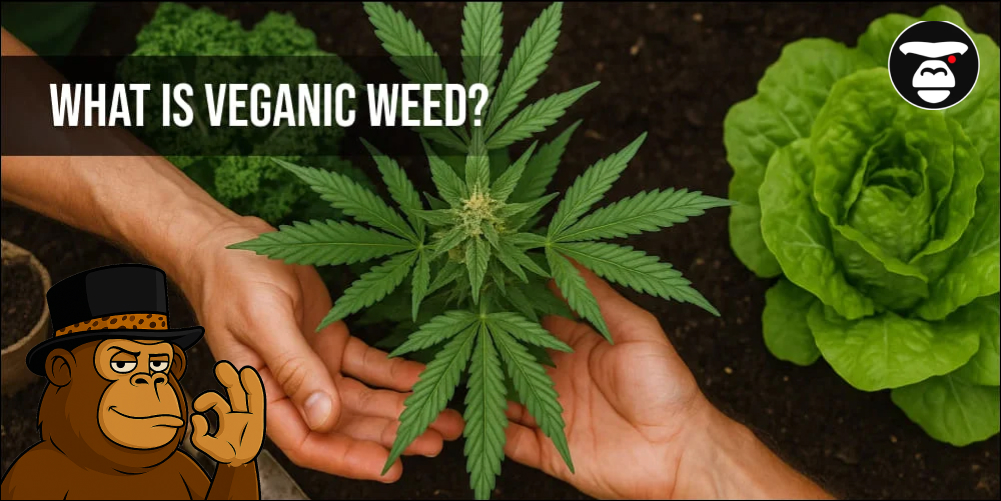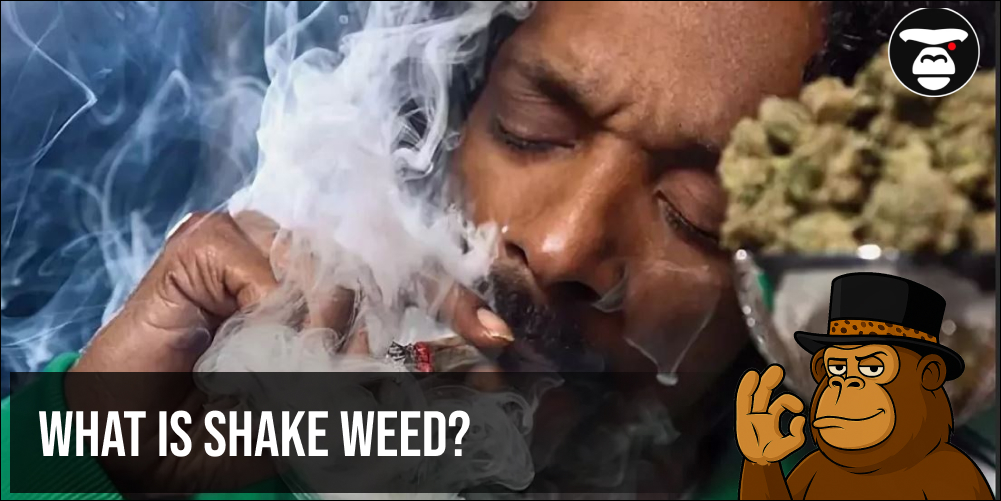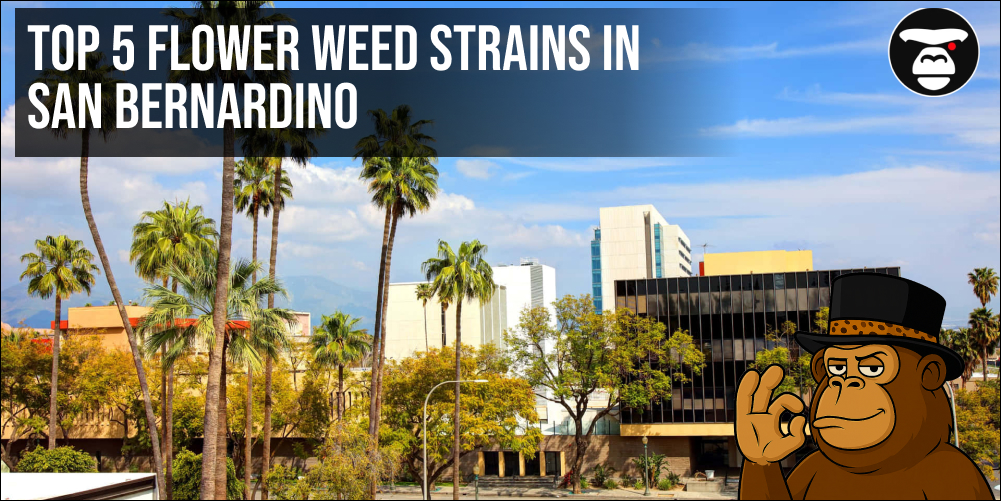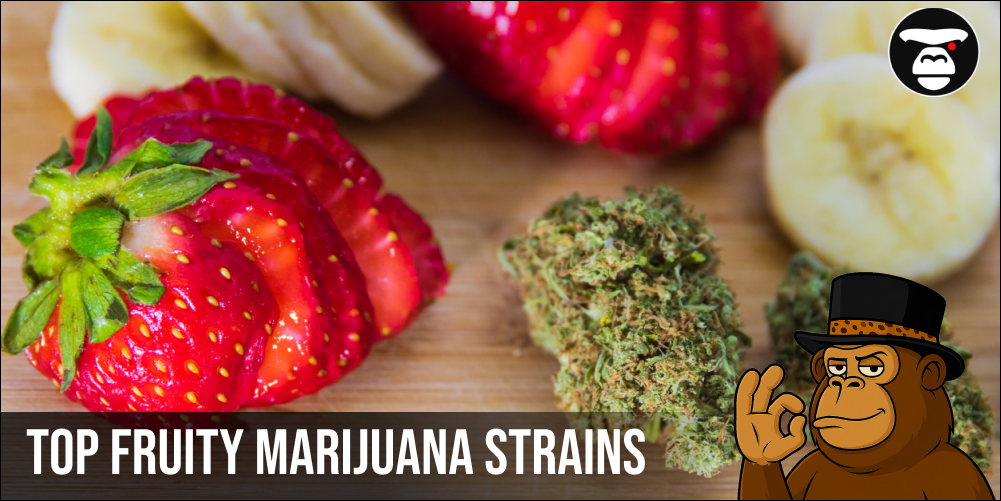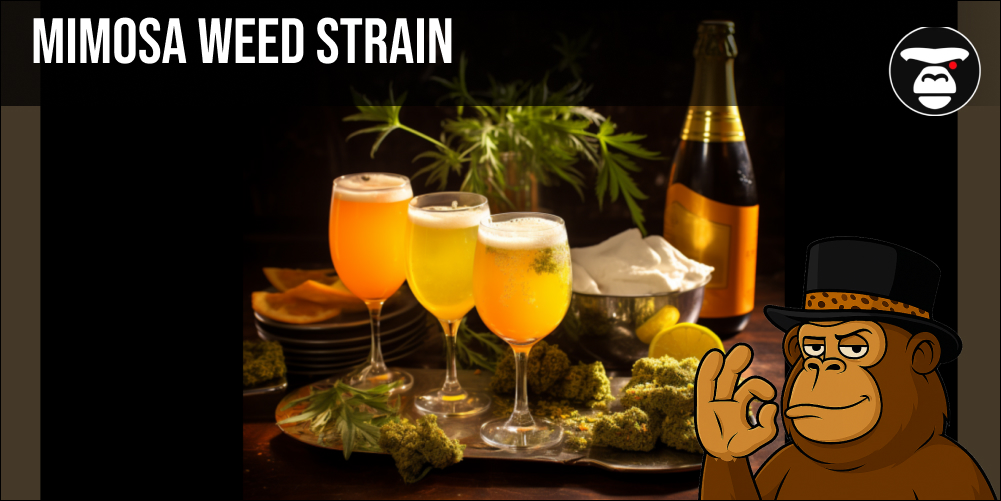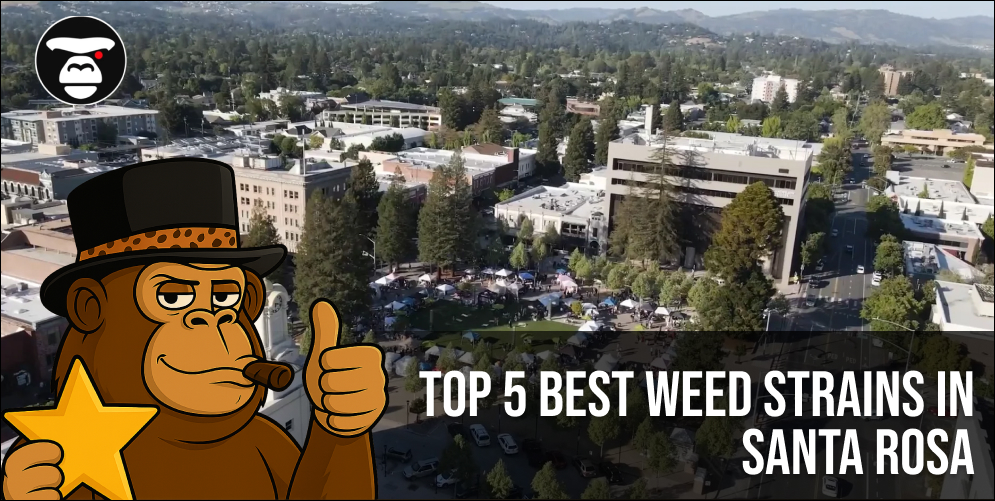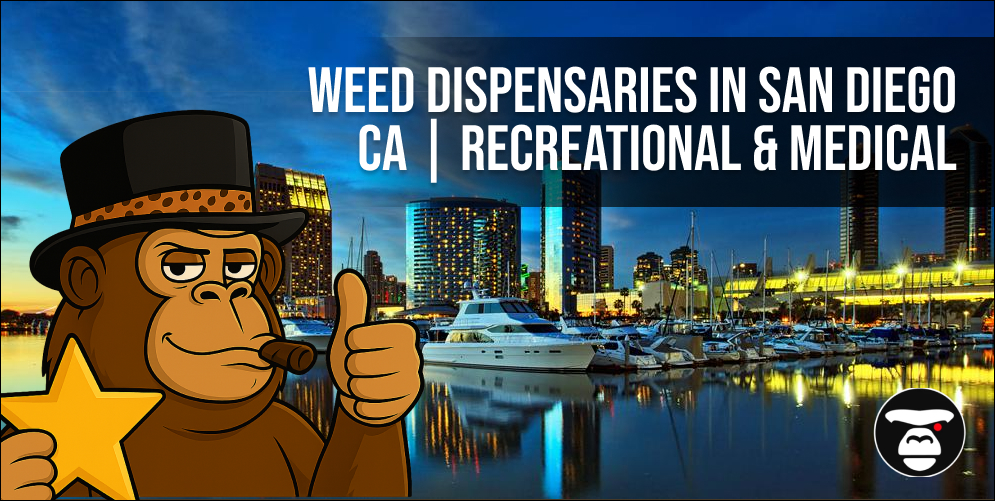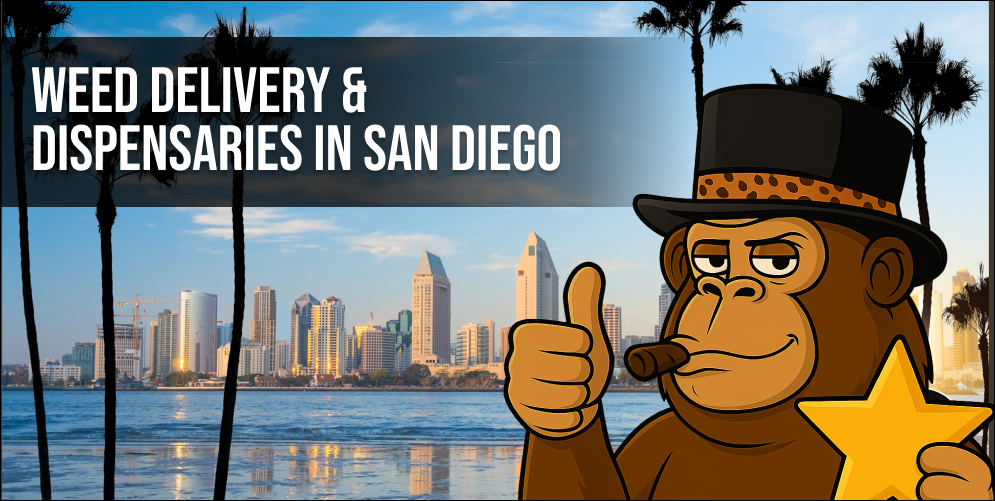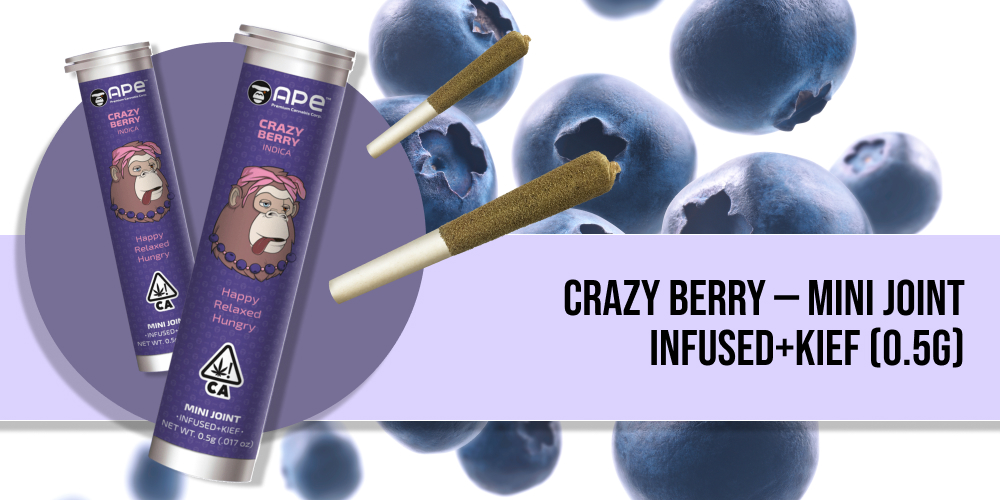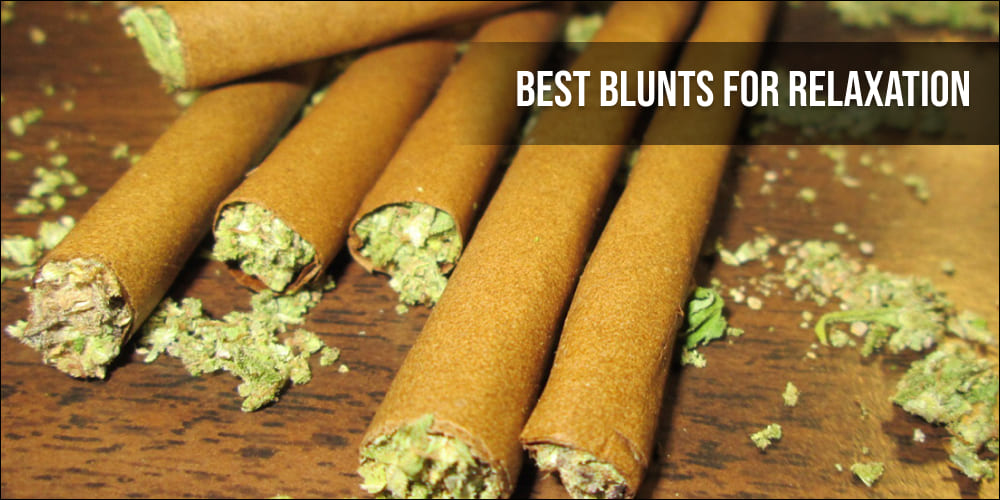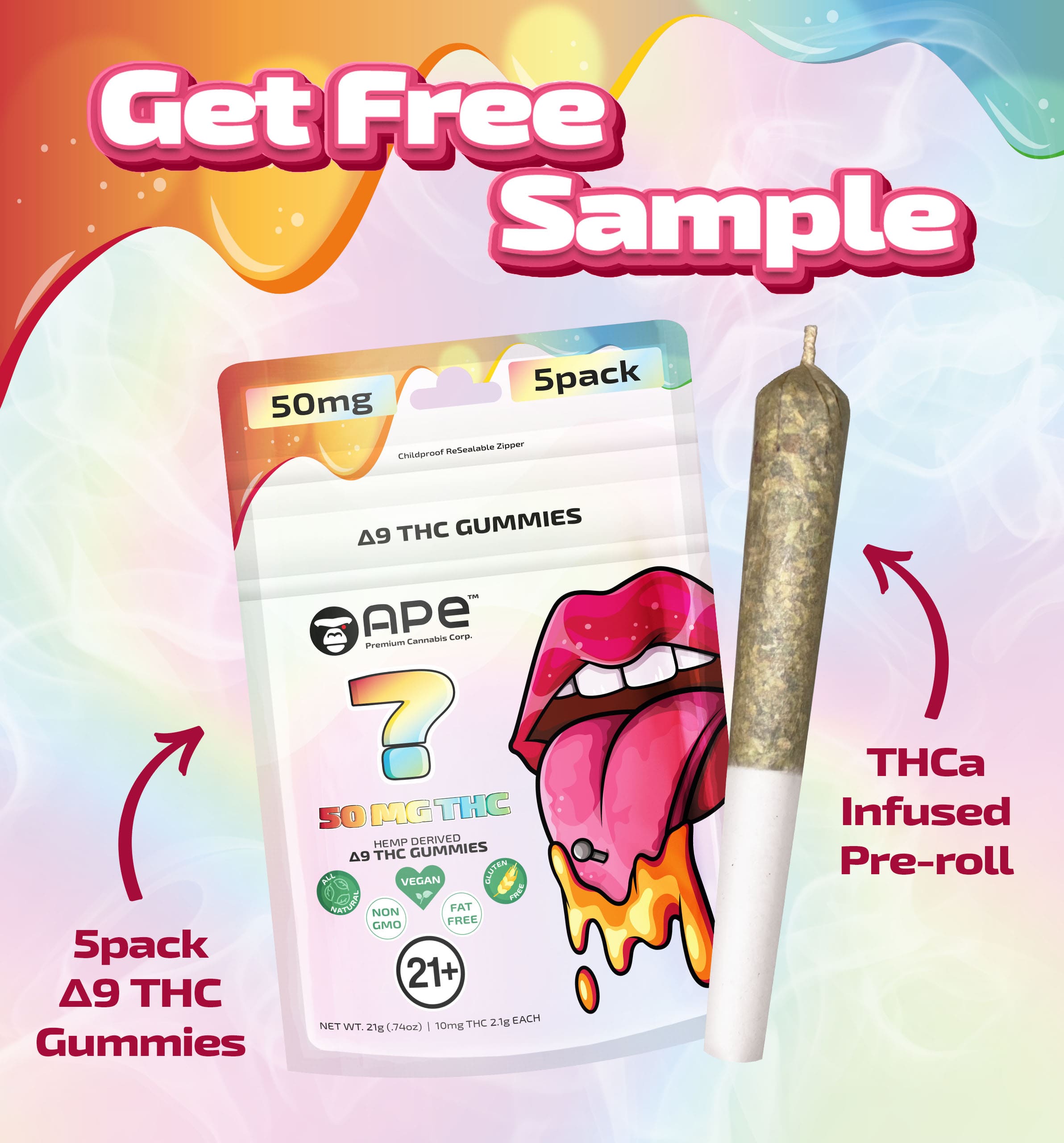Different types of edibles

Edibles are consumable products infused with cannabinoids, such as THC or CBD, offering an alternative way to experience the effects of cannabis. From mouth-watering baked goods to nostalgic gummies, tantalizing hard candies, refreshing beverages, and indulgent chocolates, there’s something for everyone’s taste buds.
But it’s not just about the flavors; understanding the absorption process and factors affecting onset time is crucial for a satisfying experience.
What is an Edible?
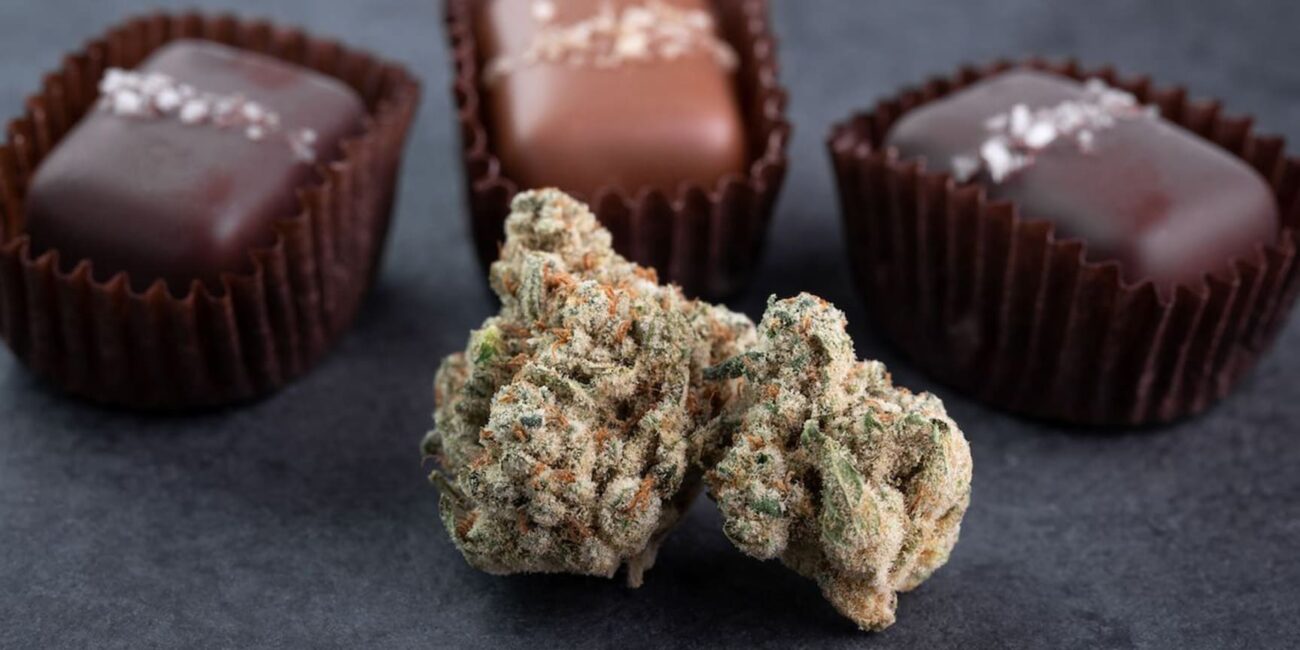
Edibles refer to consumable products like food, beverages, candies, lozenges, and other items that contain cannabinoids. While edibles commonly contain THC as the most popular cannabinoid, manufacturers also produce CBD edibles and full-spectrum edibles that contain THC, CBD, and other lesser-known cannabinoids.
The edibles market offers a wide range of options with various types and brands. However, the growing industry slang can contribute to complexity as businesses and consumers often interchangeably use different terms, brand names, and technical jargon.
Unlike inhaling cannabis, which introduces cannabinoids directly into the bloodstream through the lungs, edibles undergo the digestive process. When THC reaches the liver, it undergoes a conversion into 11-hydroxy-THC. This converted cannabinoid is known to be more potent than the typical delta-9 THC.
In fact, the effects of 11-hydroxy-THC are usually two to three times stronger than delta-9 THC. As a result, consuming a 10mg THC edible may produce a similar effect to smoking 20 to 30mg of THC.
But if you want to use cannabis by a more classical method, we recommend you
MINT CHIP — Sauce Cart
Magic eye [Indica] — 7 infused prerolls
5 Different Types of Cannabis Edibles
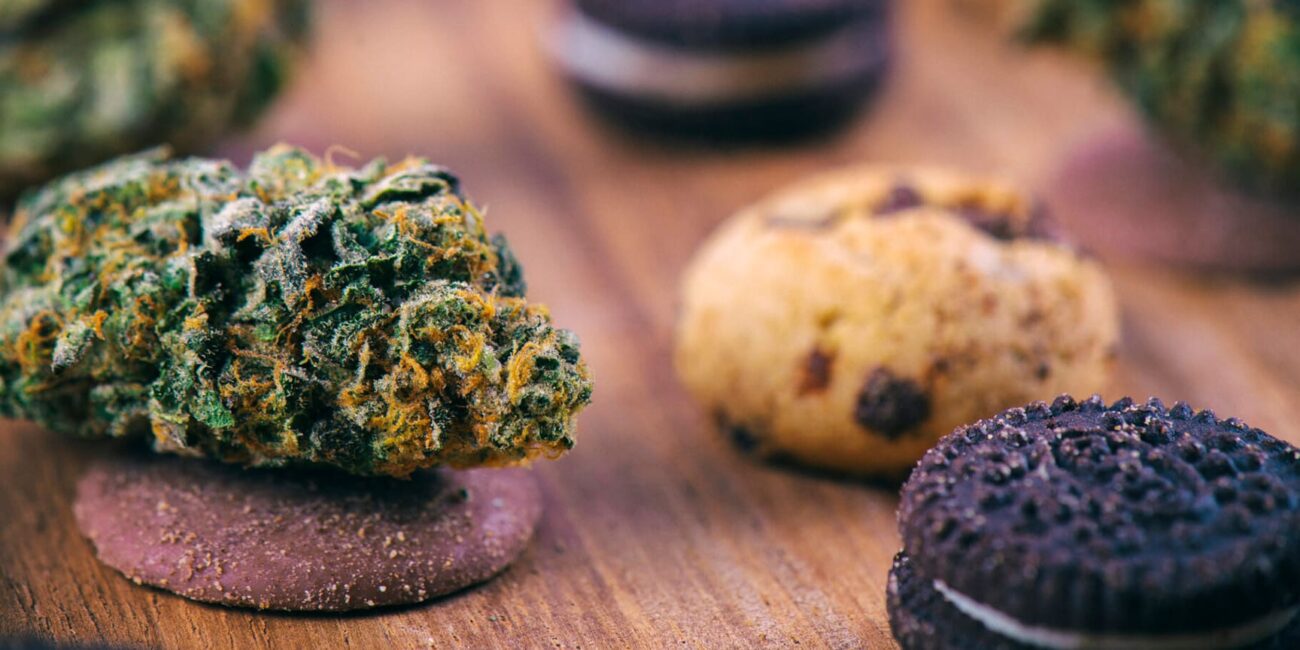
When exploring the different types of edibles available at a dispensary, you will come across various options, each with its own unique characteristics and consumer preferences.
Here are some of the types commonly found on the sales shelves:
Baked Goods
Baked goods have a long-standing reputation as popular cannabis edibles, tracing back to the early days of the medical cannabis movement in the 1960s. People are drawn to infused baked goods due to their assortment, shareability, and delightful flavors. Who can resist the allure of baked treats?
As legalization progresses, the range of infused baked goods continues to expand. You can discover a wide array of delicious choices, including classic brownies and cookies, as well as infused scones, breads, and virtually any other imaginable baked item.
Manufacturers now cater to diverse dietary needs by offering gluten-free options, vegan alternatives, and more.
Gummies or Chews
When it comes to non-infused edibles, the market offers a wide range of options, ranging from popular and flavorful choices commonly found at grocery stores to unique candies that often end up tucked away in grandma’s cabinets. However, for every traditional gummy or chewable candy available, there is also an infused variation.
Among all the edible types, gummies have gained significant popularity and have maintained their status as a favorite for quite some time. The familiar and comforting nature of gummy candies often draws people in, stemming from their childhood memories.
Whether we have cherished gummies since our early years or developed a newfound love for these chewy treats, most of us have some level of familiarity with gummies and chewable candies.
Hard Candy
If you’re seeking quicker effects, opting for hard candies can be a favorable choice. What sets hard candies apart is their unique absorption method. The manufacturers specifically design these candies with a firm outer shell for absorption through the cheek wall and under the tongue.
By utilizing the sublingual process, our bodies can absorb THC more rapidly, thanks to the thinner skin in the mouth. Instead of going through the lengthy digestive process, the blood vessels directly absorb the THC. This efficient absorption route allows for faster onset of effects.
Beverages
Many experts in the industry predict that beverages have the potential to become the most popular form of edible on the market, potentially driving the overall popularity of cannabis edibles as a whole.
The versatility of infusing cannabis into beverages knows no bounds, with options ranging from sparkling seltzers and teas to wine and other alcoholic beverages. The possibilities are vast and diverse.
In addition to purchasing infused beverages from brands, you also have the option to create your own infused beverages at home. One of the simplest methods is using a distillate powder.
You can either measure the dosage yourself or opt for pre-measured packs of THC powder to add to your preferred drink. These powders may come in various flavors, while others offer a more subtle or neutral cannabis taste.
For those seeking faster effects, keep an eye out for fast-acting options that can deliver their impact within 15 minutes, as opposed to the usual 30 to 120 minutes. Alternatively, if you use a dry herb vaporizer, you can even add your already-vaped cannabis (ABV weed) to hot tea for an infused experience.
You can read more about this in our article “Cannabis Tea: Relaxing Drink”.
Chocolates
Chocolate stands as one of the most luxurious options in the world of edibles. Its wide array of choices and flavors, ranging from sweet milk chocolate to rich dark cacao, offers a delightful experience.
Combining THC with chocolate elevates the indulgence by delivering both psychoactive effects and a delectable taste.
THC shares a resemblance in chemical structure with anandamide, a brain chemical that is also present in small amounts in chocolate.
These two compounds may synergistically enhance the overall effect, although researchers need further study to fully understand the mechanism behind this interaction.
How long does it take for cannabis edibles to work?
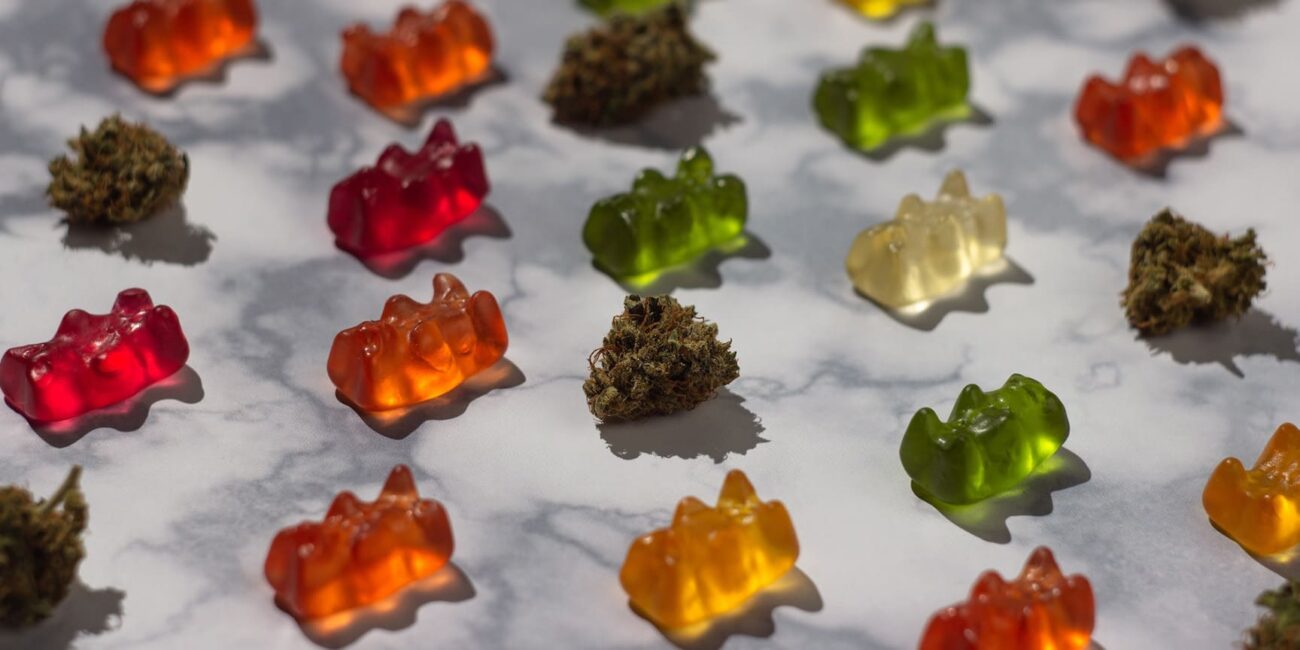
Understanding the absorption process of different types of cannabis edibles – whether through the mouth or digestion – helps explain the time it takes for the effects to kick in. It’s important to wait for a full hour to gauge the effects of an edible. However, it’s worth noting that certain edibles may induce effects more quickly.
Cannabis lollipops, which undergo absorption through the mouth, actively exhibit a faster onset of action. The body swiftly absorbs the cannabinoids, leading to quicker effects. On the other hand, edibles that require digestion, such as chewable gummies, need to go through the digestive system.
This process involves metabolization by the liver before reintroducing the cannabinoids into the bloodstream, leading to a slower onset of effects.
Multiple factors contribute to the timing, including one’s diet, gender, weight, tolerance levels, and THC dosage. These variables influence how rapidly the edible takes effect. It is crucial to start with a low dose and proceed gradually to determine the optimal dosage for you, considering the specific edible you are consuming.
Pay attention to
Infused Joints
The world of cannabis edibles offers a diverse range of options to suit different preferences and tastes. Infused baked goods, gummies, hard candies, beverages, and chocolates each possess unique characteristics and require specific consumption methods.
It’s important to understand that the effects of different types of edibles take time to kick in. Because absorption through the mouth generally resulting in faster onset compared to digestion. Factors like diet, gender, weight, tolerance levels, and THC dosage also play a role in how quickly the effects are felt.
Starting with a low dose and gradually finding the right dosage for your specific edible is key to a safe and enjoyable experience.
If you are interested in the topic of edibles, then you can read our artical “Cannabis: smoking vs edibles”


